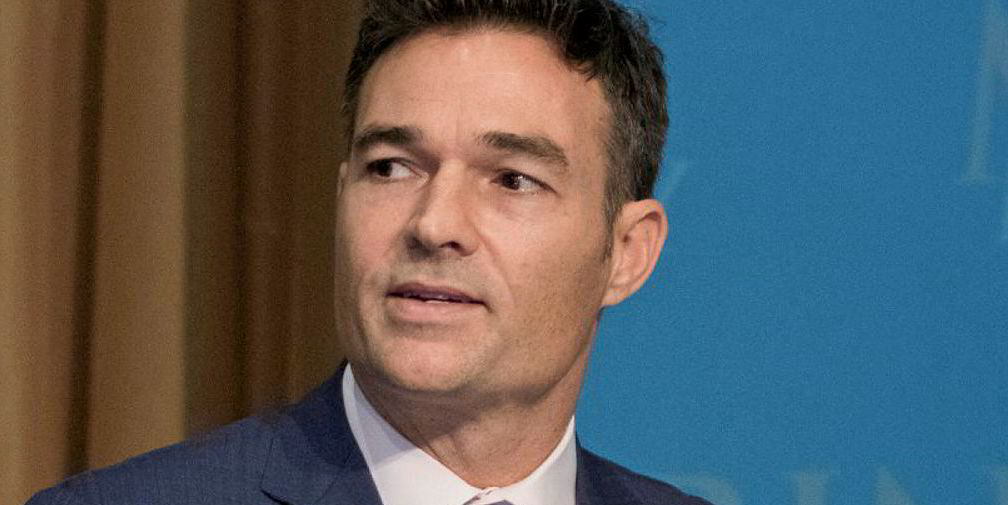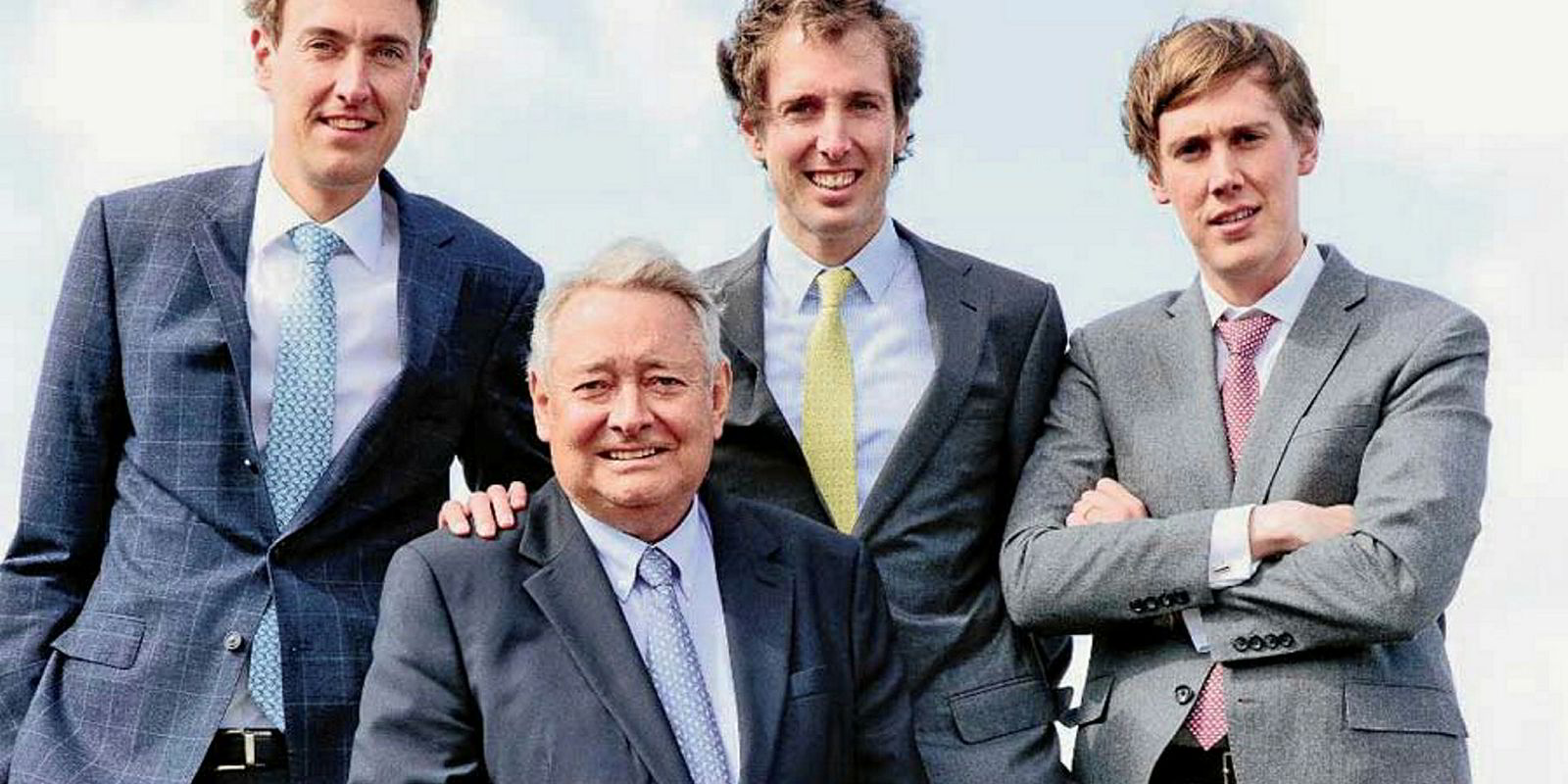Hunter Maritime Acquisition’s proposed use of funds from its blank-cheque initial public offering to merge with a Chinese financial-technology company looks to be a capitulation on original hopes that it could emerge as a shipowner.
Alexander Saverys-led Hunter swung and missed on its attempt to acquire five capesize bulkers in June 2017 after so many investors wanted to take their money out of the deal that there would not have been enough cash left to buy the ships.
With that, Hunter is now proposing to offer its Nasdaq listing to NCF Wealth Holdings in an all-stock transaction that values the Chinese company at $2bn.
Money back
Investors could still opt against the move and demand their money back from the $152m IPO carried out in 2016 by underwriter Morgan Stanley.
Hunter’s sponsors are asking investors for a six-month extension that would allow enough time to complete the NCF deal or an alternative merger, saying they lack sufficient time before a November deadline.
But unless an unexpected option emerges, either outcome will continue shipping’s dismal run in the US capital markets, which have not seen a conventional IPO completed since June 2015.
Hunter management did not respond to a request for comment before TradeWinds’ deadline.
Investors rejected an IPO attempt by GoodBulk in dry bulk in June, and then a would-be flotation by Navios Maritime Containers in the boxship sector last month. Both owners said they “postponed” the IPOs after insufficient demand.
The Hunter experience shows that trying to build a fleet through a special purpose acquisition company (Spac) has not worked well lately either.

Snapping up dry bulk assets clearly was the original intention. The thinking was made clear by Wiley Griffiths, Morgan Stanley’s lead investment banker for shipping, in a December 2016 interview, weeks after Hunter’s IPO.
“We thought it was a creative way to take advantage of the bottom of the cycle and manage risk in a way that’s different from investing in some of the companies that are already out there that are challenged and carrying significant leverage,” Griffiths told TradeWinds.
“The headwind is you’re trying to do a shipping IPO. It’s always froth or famine for shipping IPOs, and right now you know that if it’s labelled a shipping IPO, it’s going to be very tough.”
Although the dry bulk market has recovered substantially since then, Griffiths’ words about shipping IPOs may be truer than ever.
The Hunter deal was only the second Spac attempted by Morgan Stanley and the first in shipping.
“The fact that we attempted it was a reflection of our conviction that it’s a good cyclical opportunity, and our faith in the Saverys family,” Griffiths said.
The sponsors faced a key decision: whether to market the deal to traditional investors in Spacs — who tend to be agnostic about the targeted industrial sector — or to shipping investors.
They chose the latter.
Significant multiple
“We tried to find people who would think about this as the typical down-cycle dry bulk opportunity that it is,” Griffiths said. “People who would think: ‘I know dry bulk is coming back — it’s not if, it’s when — I’m going to sit on this and get a significant multiple on my investment’.”
But as he presciently noted at the time, the tough part of a Spac is not raising the initial blind pool of funding, but “de-Spac-ing” — that is, getting investors to approve a merger.
Hunter made a deal in April 2017 to buy five bulkers owned by Oskar Wehr Group for an initial $139.4m. It later sought to reduce the price to $133.5m. Too many investors baulked.
The dry bulk market and asset valuations have continued to appreciate since then. But the rises have been gradual, and investors perhaps did not see an event that would yield the ideal “pop” in valuations to justify their investment.





